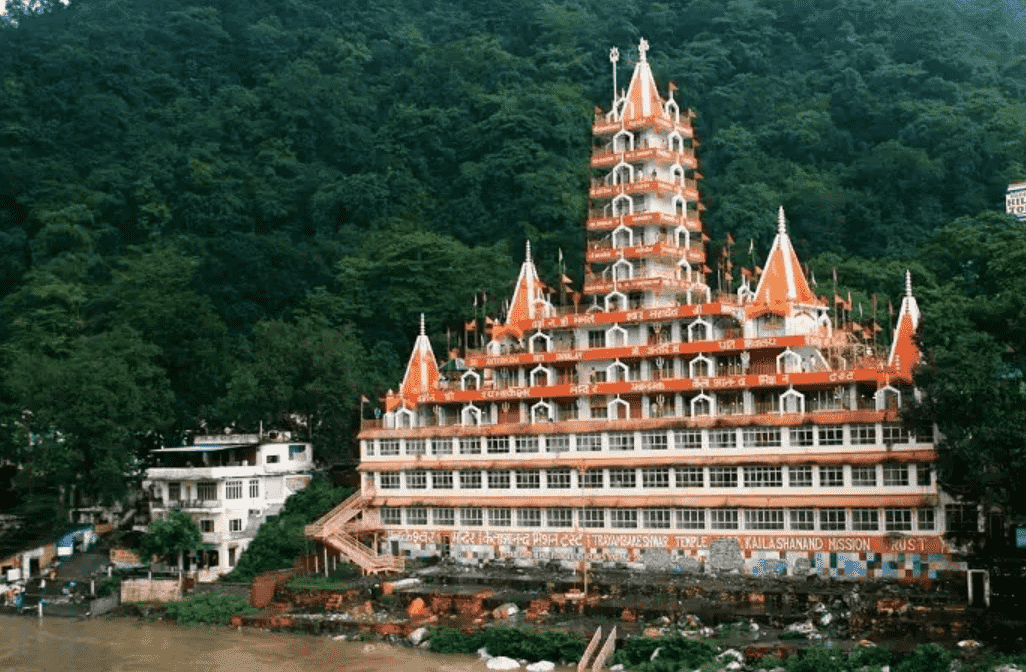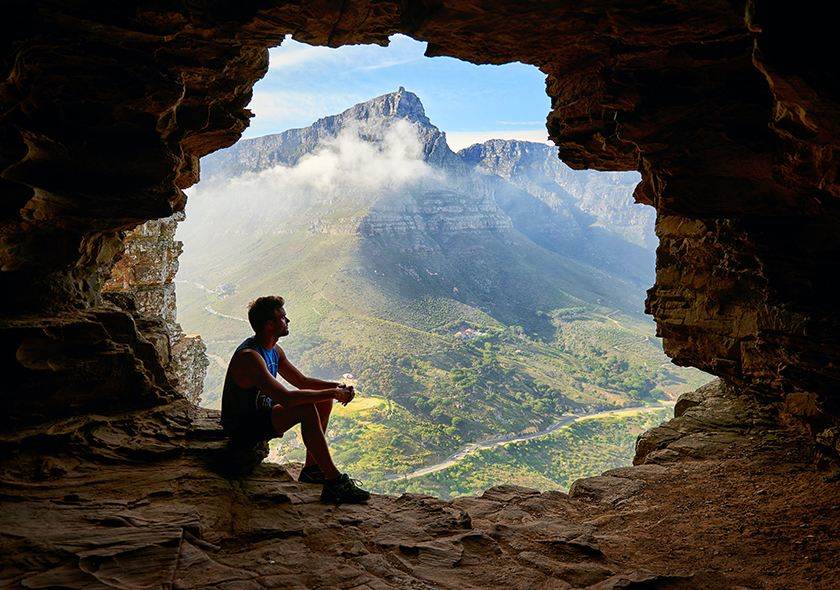Echoes of Time: The Architectural Marvels and Historical Significance of Rishikesh’s Ancient Temples

Echoes of Time: The Architectural Marvels and Historical Significance of Rishikesh’s Ancient Temples
Rishikesh, a spiritual hub nestled in the serene foothills of the Himalayas, is steeped in mythological significance and adorned with a plethora of ancient temples. These temples not only cater to the spiritual needs of the devout but also attract history enthusiasts and architecture aficionados from across the globe. Their historical and architectural splendor offers a gateway into the rich cultural tapestry of India.
Time-Worn Pathways to Divinity: Historical Background
The history of Rishikesh as a spiritual center stretches back to the Vedic age. This ancient city has been the meditative ground for sages and hermits, and the mythology of the Ramayana imputes that Lord Rama performed penance here for killing Ravana, the demon king. The name ‘Rishikesh’ is loosely attributed to an incarnation of Lord Vishnu that appeared to ‘Rabhiya Rishi,’ hence the name.
Architectural Tapestry: Ancient Structures and Designs
Neelkanth Mahadev Temple: A Testament to Architectural Brilliance
Perched above the confluence of the rivers Pankaja and Madhumati, Neelkanth Mahadev Temple is dedicated to Lord Shiva. This temple stands as a beacon of spirituality and a masterpiece of ancient architecture. It is famed for its intricate stonework and the detailed sculptures that adorn its walls, depicting scenes from Hindu mythology, including the ‘Samudra Manthana’ or the churning of the ocean.
The Transcendent Lakshman Jhula and Temples Nearby
The iconic Lakshman Jhula, a suspension bridge across the River Ganges, is surrounded by temples of various deities. This iron bridge was built in 1929 but stands at a place where it’s believed Lakshmana, the brother of Lord Rama, crossed the river using a jute rope. Near this historical marvel, you can find the Lakshman Temple and the Tera Manzil Temple, standing gracefully with their multi-storied structures offering panoramic views of the surroundings.
Kunjapuri Devi Temple: A Divine Summit
To the North of Rishikesh, high atop a hill, lies the Kunjapuri Devi Temple. Part of the trio of Siddha Peethas in Tehri district, it holds immense religious importance. Dedicated to Goddess Parvati, this temple serves as a vantage point offering spectacular sunrises and sunsets against the backdrop of the majestic Himalayas. The architectural design, predominantly ancient, boasts of stone idols and traditional ‘shikhara’ style constructions.
Spiritual Resonance and Cultural Connections
Triveni Ghat: A Confluence of Faiths
Triveni Ghat, the biggest and most famous ghat in Rishikesh, witnesses the confluence of three holy rivers—the Ganges, the Yamuna, and the mythical Saraswati. Here one can witness the Maha Aarti, a spiritual gathering in the evenings that involves rhythmic chanting, bells, and lamps, which illuminate the ghat. This place encapsulates the architectural aesthetics of ghats with wide steps leading down to the river, bordered by age-old shrines that resonate with chants and hymns.
Bharat Mandir: The Oldest Architectural Relic
Established by Adi Shankaracharya on the banks of the Ganges in the 8th century, Bharat Mandir is the oldest temple in Rishikesh. It bears historical monuments within its premises with intricate carvings in stone that celebrate various avatars and deities. The ancient deity of Lord Vishnu presides here, carved out of a single Saligram. The temple, with its architectural finesse and spiritual ambiance, draws not just pilgrims but also cultural enthusiasts keen on exploring the vestiges of time.
Preserving Echoes of the Past
The conservation of these temples is pivotal for maintaining Rishikesh’s spiritual and architectural heritage. Many of these ancient structures are supported by the Archaeological Survey of India and various other organizations committed to preserving India’s cultural heritage. They provide a window into the spiritual practices, architectural advancements, and societal structures of ancient times.
Conclusion: A Journey Through Time
Visiting Rishikesh and exploring its ancient temples is akin to walking through pages of history filled with spiritual teachings, architectural innovations, and legendary tales of deities and devotees. Each temple in Rishikesh is not just a structure made of bricks and mortar; they are the revered seats of divine power and human faith.
Rishikesh, with its spiritual ambiance, architectural beauty, and the resonant echoes of its ancient chants, invites everyone to partake in a journey that is both introspective and enlightening. It stands as a testament to India’s ability to preserve its extensive, diverse heritage in a world rapidly pivoting towards modernity.
All Categories
Recent Posts
Tags





